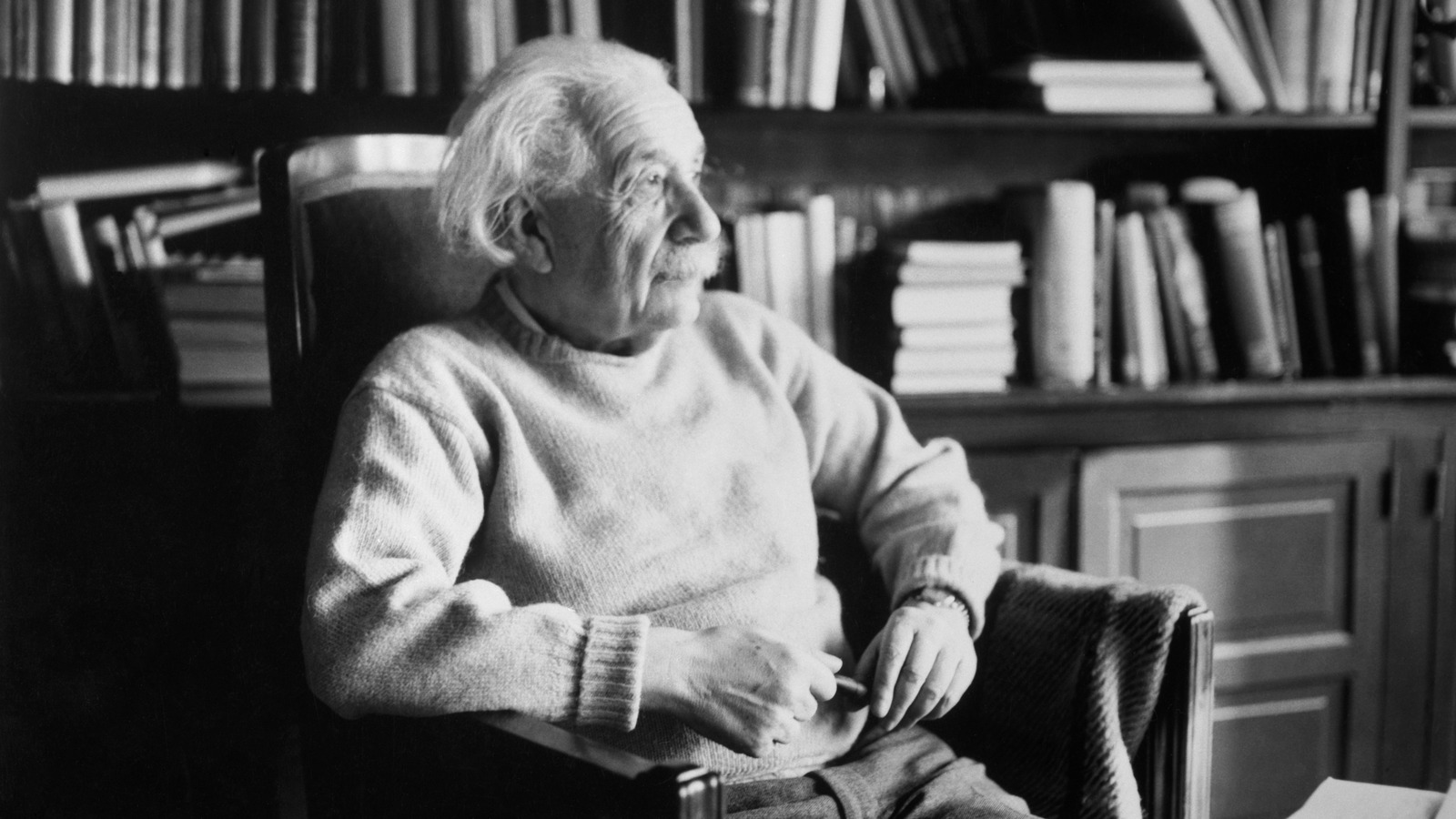
Though a cursory overview of media from the era might make it seem like the housewives of 1955 were perfectly happy with their lot, the reality was far more complex than the perfectly coiffed, tasteful, and inoffensive image that much of the mass media was attempting to present. The prevailing notion in many American communities was that women ought to marry young, have plenty of children, and stay home.
However, this idealized image was largely a fictional one. Actual women of 1955 often worked, and even those who stayed home did not necessarily tend to their housework and mothering duties with a plastered-on smile. Just two years after the first oral contraceptive pill was introduced in 1960, 1.2 million American women were using it. Clearly, not everyone was interested in the 1950s domestic ideal of a mother, which had previously spelled having three or more children.
In 1963, Betty Friedan’s “The Feminine Mystique” included a blistering take on the ideals of 1950s-style womanhood. “The feminine mystique has succeeded in burying millions of American women alive,” Friedan wrote, going so far as to refer to suburban homelife as “comfortable concentration camps” for those women — surely incendiary for those who viscerally remembered their time in actual World War II concentration camps. “The Feminine Mystique” is widely accepted as one of the starting points of second wave feminism, but it’s clear that women’s discontent with the way of things had been growing for quite some time.









